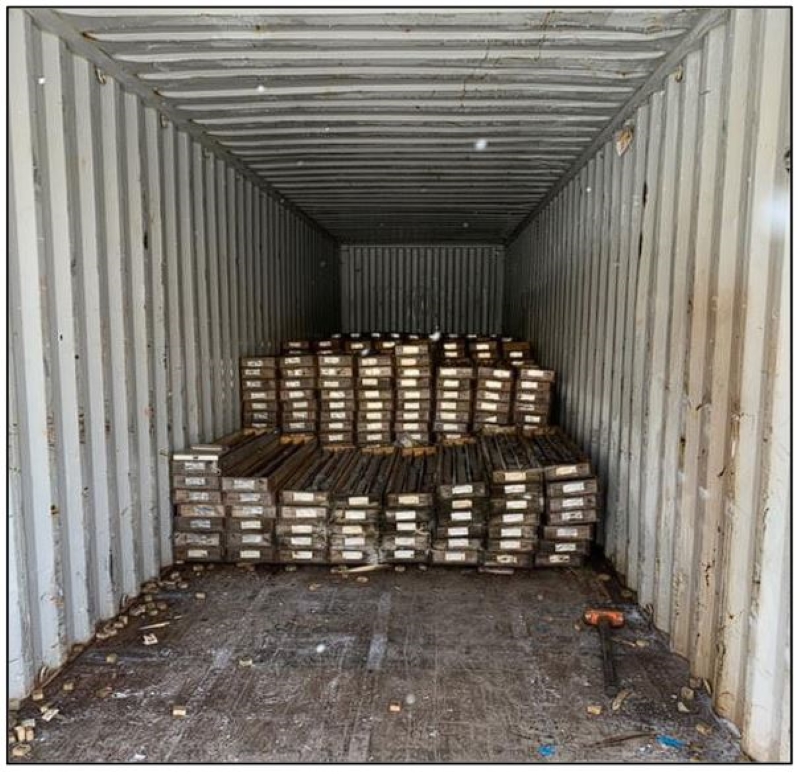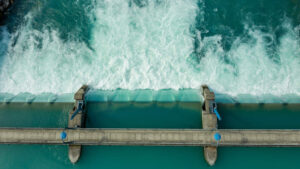Cyclone Metals’ Block 103 core find will save it time and money in Canada’s hottest iron ore address

CLE has discovered a treasure trove of valuable drill cores, which will be used to complete bulk testwork. Pic via Getty Images.
- Over 15 tonnes of additional sediment cores from the massive Block 103 magnetite project discovered in sea containers, saving time and money associated with further drilling and trenching
- 10 tonnes sent for bulk testing
- Blast furnace specifications to be finalised this month for bulk samples
Special report: Cyclone Metals says the ~15 tonnes of additional sediment cores discovered in sea containers will accelerate metallurgical test work for its flagship Block 103 magnetite project.
Cyclone Metals (ASX:CLE) has moved quickly since acquiring the advanced, large-scale asset in Canada’s Labrador Trough — one of the largest magnetite iron ore belts on earth — in April this year.
It assembled a management team stacked with Rio Tinto execs with years of combined experience in iron ore projects, including CEO Paul Berend and newly appointed GM of tech and steel markets Paul Vermeulen.
Following the declaration of a 7.2 billion tonne resource grading @ 29% iron ore (Fe), the explorer is now in the test work phase to produce bulk samples for prospective partners looking for high-grade iron ore.
Hematite direct shipping ore, mined in huge operations in the WA Pilbara, usually grade between 55-62%.
Magnetite ore, while mined at grades of around 25-30% Fe, can be processed into 65-70% high-grade material, making it perfect for low emissions steelmaking. It also fetches a far higher price.
Metallurgical and operational testing on track
Over 15 tonnes of additional sediment cores have been discovered in sea containers in Schefferville, which CLE says will accelerate metallurgical test work for Block 103.
10t of these cores were logged, selected and packaged and then shipped to a metallurgical laboratory in Quebec City.
CLE has now collected enough sediment to sustain the metallurgical test work program through to the end of 2024 — a campaign which includes producing bulk, premium-grade samples of direct reduction (DR) magnetite concentrates and pellets, as well as the operation of an industrial pilot plant.

Meanwhile, metallurgical test work and flow sheet design continues to bear encouraging initial results.
Final specifications for the blast furnace-grade magnetite product (as well as initial flow sheet design) are expected by the end of the month.
Cyclone has also completed an initial survey of the existing heavy haul railway connecting Schefferville to Pointe Noire.
“In spite of the challenging logistics and the extreme weather conditions, we have been able to operate in Schefferville successfully thanks to the active support of the local contractors and people,” CLE CEO Paul Berend says.
‘We are grateful for the help and have been fortunate to locate vast amounts of sediment core in good condition, which means that we will be able to complete our bulk test work program without any additional drilling or trenching.
“This will save us over a year compared to most of our peers.”
This article was developed in collaboration with Cyclone Metals, a Stockhead advertiser at the time of publishing.
This article does not constitute financial product advice. You should consider obtaining independent advice before making any financial decisions.
Related Topics
UNLOCK INSIGHTS
Discover the untold stories of emerging ASX stocks.
Daily news and expert analysis, it's free to subscribe.
By proceeding, you confirm you understand that we handle personal information in accordance with our Privacy Policy.








